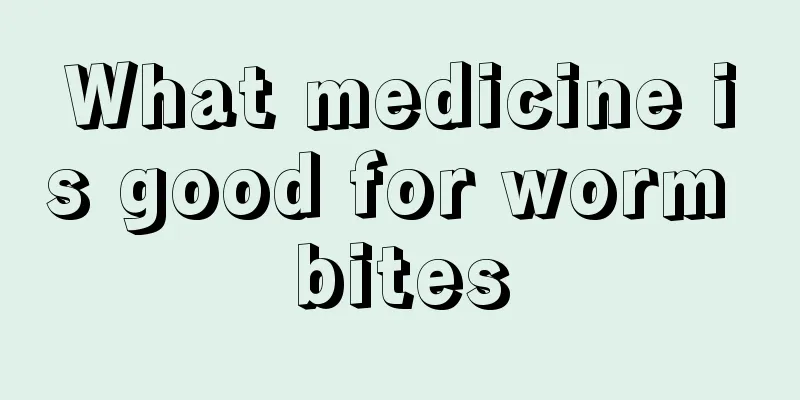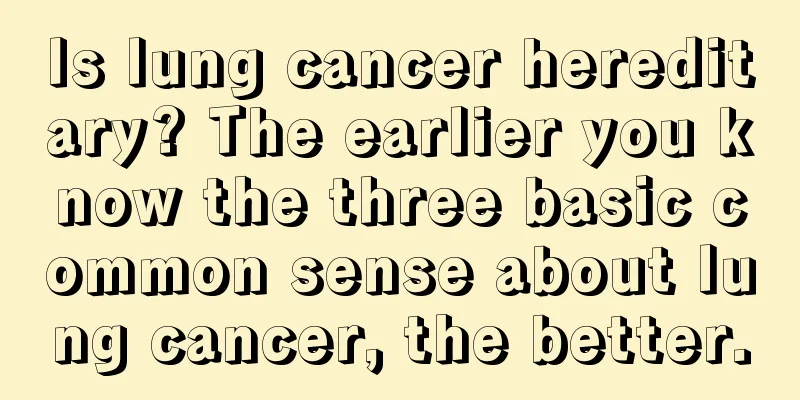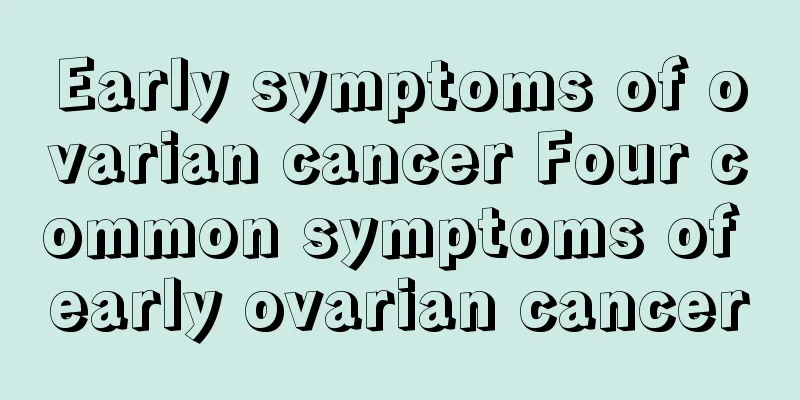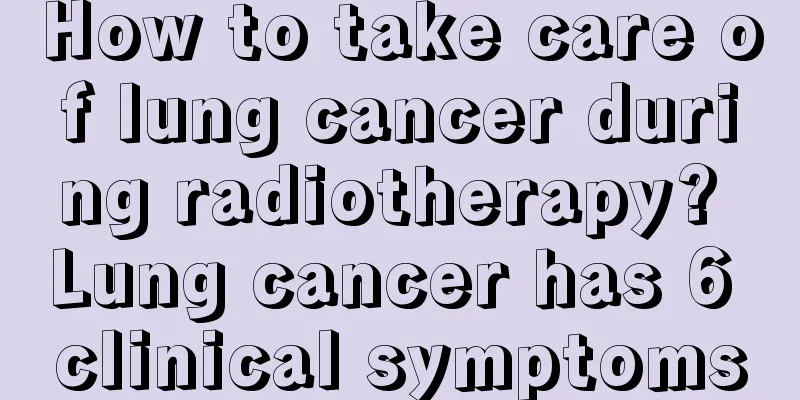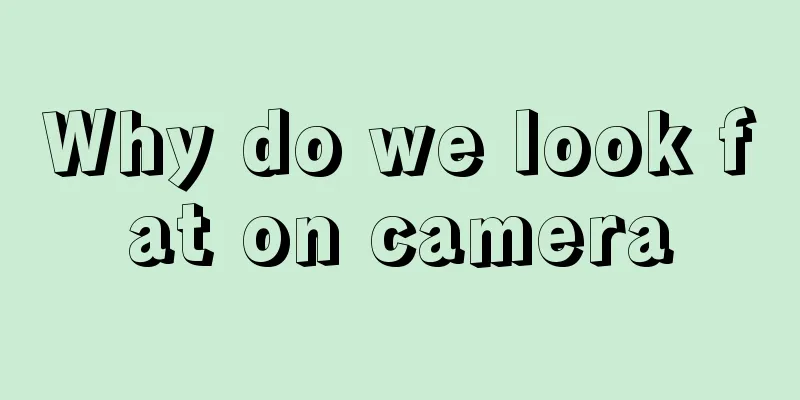How long can you live after chemotherapy for testicular cancer
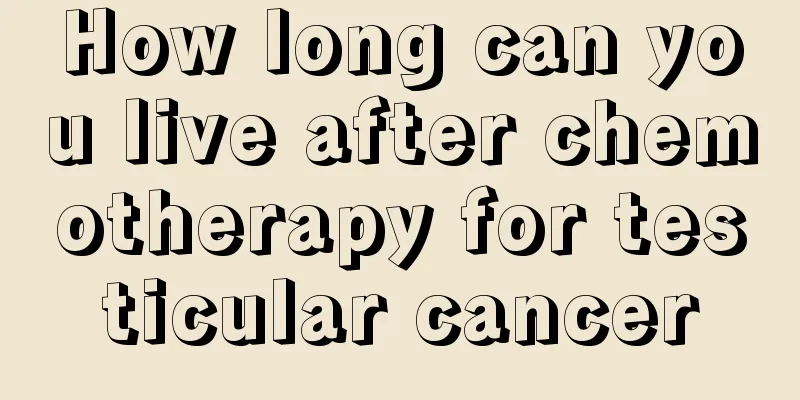
|
Chemotherapy is the use of chemical drugs to kill tumor cells in the body. While killing tumor cells in the body, chemotherapy drugs also have a certain impact on normal tissue cells. This impact is manifested as toxic and side effects during chemotherapy, such as leukopenia, thrombocytopenia, nausea, vomiting, hair loss, etc. Therefore, while we are doing chemotherapy to kill tumor cells, we must consider the patient's tolerance to the toxic and side effects of chemotherapy. Chemotherapy drugs are used in the body, and as the number of treatment cycles increases, the toxic and side effects gradually increase. Therefore, we need to comprehensively evaluate the patient's benefits from chemotherapy and tolerance to toxic and side effects. According to the purpose of chemotherapy, it is divided into radical chemotherapy, adjuvant chemotherapy, neoadjuvant chemotherapy and palliative chemotherapy. Testicular cancer will have a certain impact on the patient's life span. Everyone must receive timely treatment and not delay the disease to cause other complications. 1. Radical chemotherapy: The purpose of chemotherapy is to completely eliminate the tumor and achieve a cure. For example, acute lymphocytic leukemia, malignant lymphoma, testicular cancer and choriocarcinoma, these tumors should be actively treated with systemic chemotherapy. The short-term goal of chemotherapy is to completely eliminate the tumor, and the long-term goal is to prevent the tumor from recurring. The number of cycles of this type of chemotherapy is usually 2 to 4 cycles of consolidation after the tumor completely disappears. Extending the chemotherapy cycle will only increase the side effects and cannot further reduce the patient's recurrence rate. 2. Adjuvant chemotherapy: It is chemotherapy after the patient has undergone surgical resection of the tumor. At this time, there is no visible mass in the patient's body. The purpose of chemotherapy is to eliminate micro-metastatic lesions in the body and prevent the recurrence and metastasis of the tumor. Not all patients after surgery need adjuvant chemotherapy. For some patients with early tumors, adjuvant chemotherapy cannot further reduce the recurrence/metastasis rate, and these patients do not need adjuvant chemotherapy. For patients who are clinically judged to need adjuvant chemotherapy, the number of cycles of adjuvant chemotherapy is determined based on the type of disease, stage of the disease and the general condition of the patient. For example, adjuvant chemotherapy after lung cancer surgery is routinely performed for 4 cycles, and adjuvant chemotherapy after breast cancer surgery is formulated according to the patient's pathological type. Different chemotherapy regimens and different chemotherapy cycles. For example, for patients with stage II breast cancer with strong estrogen receptor positivity, if they are 40 years old and in good physical condition, we need to give them 4 to 6 cycles of adjuvant chemotherapy, but if the patient is 70 years old, we may not need to give her adjuvant chemotherapy and directly give her endocrine therapy. 3. Neoadjuvant chemotherapy: chemotherapy before radical surgery. For patients with local stage fi disease, direct surgery would cause great trauma, or the tumor is too large to be completely removed by surgery. Neoadjuvant chemotherapy can be performed first to shrink the tumor, and then surgery can be performed. In addition, neoadjuvant chemotherapy can also remove or inhibit possible micrometastases, thereby improving the patient's prognosis. Neoadjuvant chemotherapy usually requires 4 to 6 cycles, and chemotherapy shorter than 2 cycles is not recommended, otherwise the purpose of neoadjuvant chemotherapy cannot be achieved. 4. Palliative chemotherapy: mainly for patients with stage fi metastatic tumors. Patients with stage fi metastatic tumors lose the chance of radical cure. Chemotherapy generally cannot cure these patients. The purpose of chemotherapy is to reduce tumor burden, relieve patients' pain, improve patients' quality of life, and prolong patients' life. Palliative chemotherapy usually determines the number of chemotherapy cycles based on the patient's general condition and response to chemotherapy. Imaging examinations are performed every 2 to 3 cycles to determine the efficacy of chemotherapy. The decision to continue the original chemotherapy or change the chemotherapy regimen is based on the efficacy of chemotherapy. For patients with good efficacy and low side effects, the original chemotherapy regimen can be continued, usually not limited by the chemotherapy cycle; for patients with good efficacy but difficult to tolerate side effects, chemotherapy can be terminated, or the dose or drug can be reduced to reduce side effects and then continue to maintain treatment; for patients with ineffective treatment, the current treatment needs to be stopped immediately and a new treatment regimen needs to be changed. Therefore, palliative chemotherapy is not limited by a fixed chemotherapy cycle, and the treatment needs to be adjusted at any time according to the actual clinical situation to determine the chemotherapy cycle. In short, chemotherapy has certain toxic and side effects while eliminating malignant tumors. When tumor patients undergo chemotherapy, doctors will comprehensively formulate chemotherapy regimens and chemotherapy cycles based on different treatment purposes, the patient's specific disease conditions, and the patient's physical condition. |
<<: Will bile duct cancer be passed on to the next generation after it is cured?
>>: Is bile duct cancer hereditary?
Recommend
What to do if you get pregnant with colon cancer
Colon cancer is a common malignant tumor of the d...
How to diagnose iron deficiency anemia
Iron deficiency anemia is the most common type of...
Will gastric cancer recur after total gastrectomy? Is it related to period?
Whether gastric cancer will recur after total res...
What is Vitamin E for external use
Vitamin E is also called vitamin E. Vitamin E is ...
How to treat multiple bullae in both lungs?
Multiple bullae in both lungs, for patients. You ...
Is sigmoid colon tumor serious?
Sigmoid colon adenoma is also cancer, a type of c...
What types of human herpes viruses are there?
The human body is one of the organisms with the l...
How to take care of skin cancer
Skin cancer is a serious skin disease. Generally,...
Uses of expired baby milk powder
After the baby is born, if breast milk is not eno...
Can oxytetracycline treat gastritis?
Antibiotics are widely used in modern medicine to...
What are the functions of conditioner that you don’t know?
I believe that conditioner is not unfamiliar to f...
Chest tightness, heavy breathing, pain in the left back when exerting force
You may feel chest tightness and shortness of bre...
Is cervical precancerous lesion cancer? What are the symptoms of cervical cancer?
Although cervical cancer is scary, it is a type o...
How to treat obsessive-compulsive disorder and how to learn to treat yourself?
Obsessive-compulsive disorder is one of the most ...
Patients with cardia cancer should pay attention to dietary care methods
Patients with cardia cancer need to pay attention...

